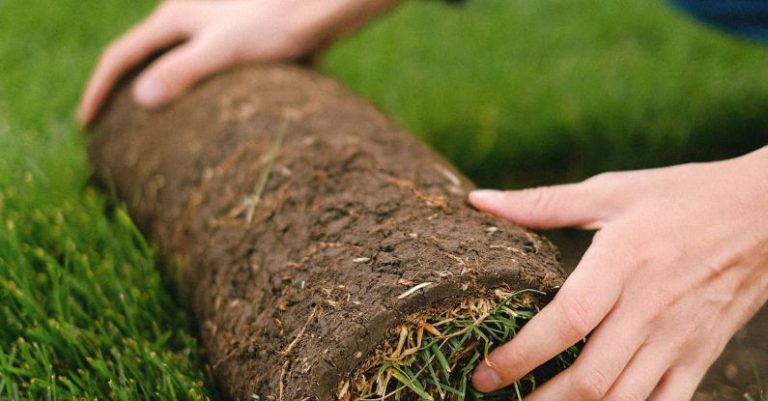How to Create a Garden Path That Complements Your Landscape?
A well-designed garden path can be a beautiful addition to any landscape. It not only serves a functional purpose by guiding people through your garden, but it also adds visual interest and can enhance the overall aesthetic appeal of your outdoor space. In this article, we will explore some tips and ideas on how to create a garden path that complements your landscape.
Choose the Right Material
The first step in creating a garden path is to choose the right material. There are various options available, including gravel, paving stones, concrete, and wood. Each material has its own unique characteristics and can create a different look and feel in your garden. Consider the style of your landscape and the overall theme you want to achieve before making a decision. For example, if you have a traditional garden, you may opt for a classic brick or stone path, while a more modern garden might benefit from a sleek concrete or gravel path.
Consider the Path Width
The width of your garden path is an important consideration. It should be wide enough to comfortably accommodate pedestrians and any garden equipment you may need to transport, such as a wheelbarrow or lawnmower. However, it shouldn’t be too wide that it overwhelms the surrounding landscape. A width of around 3 to 4 feet is generally sufficient for most garden paths.
Create Curves and Flow
Straight paths can sometimes feel rigid and unnatural in a garden setting. Consider incorporating curves into your garden path design to create a sense of flow and movement. Curved paths can also help soften the overall look of your landscape and add a touch of whimsy. Experiment with different shapes and layouts to find the one that best complements your garden.
Blend with the Surroundings
When designing your garden path, it’s essential to consider how it will blend with the surrounding landscape. The path should harmonize with the existing plants, trees, and other features in your garden. If you have a cottage garden with an abundance of colorful flowers, a path made of natural materials like gravel or stepping stones can complement the organic feel of the space. On the other hand, if you have a more minimalist garden, a sleek concrete path might be a better fit.
Add Visual Interest
A garden path doesn’t have to be plain and utilitarian. Consider adding elements that will make it visually interesting and engaging. One way to achieve this is by incorporating different textures and colors into the path design. For instance, you can use a mix of materials like stone and brick to create a mosaic effect. You can also add border plants or low-growing groundcovers along the sides of the path to create a sense of lushness and depth.
Illuminate the Path
To make your garden path functional at night and add a touch of ambiance, consider installing outdoor lighting along the way. Solar-powered lights can be a cost-effective and eco-friendly option. They will not only illuminate the path but also create a warm and inviting atmosphere in your garden.
In conclusion, creating a garden path that complements your landscape involves careful consideration of the material, width, shape, and overall design. By choosing the right elements and incorporating them harmoniously into your garden, you can create a path that not only serves its purpose but also enhances the beauty of your outdoor space. So, get creative and start designing your dream garden path today!






